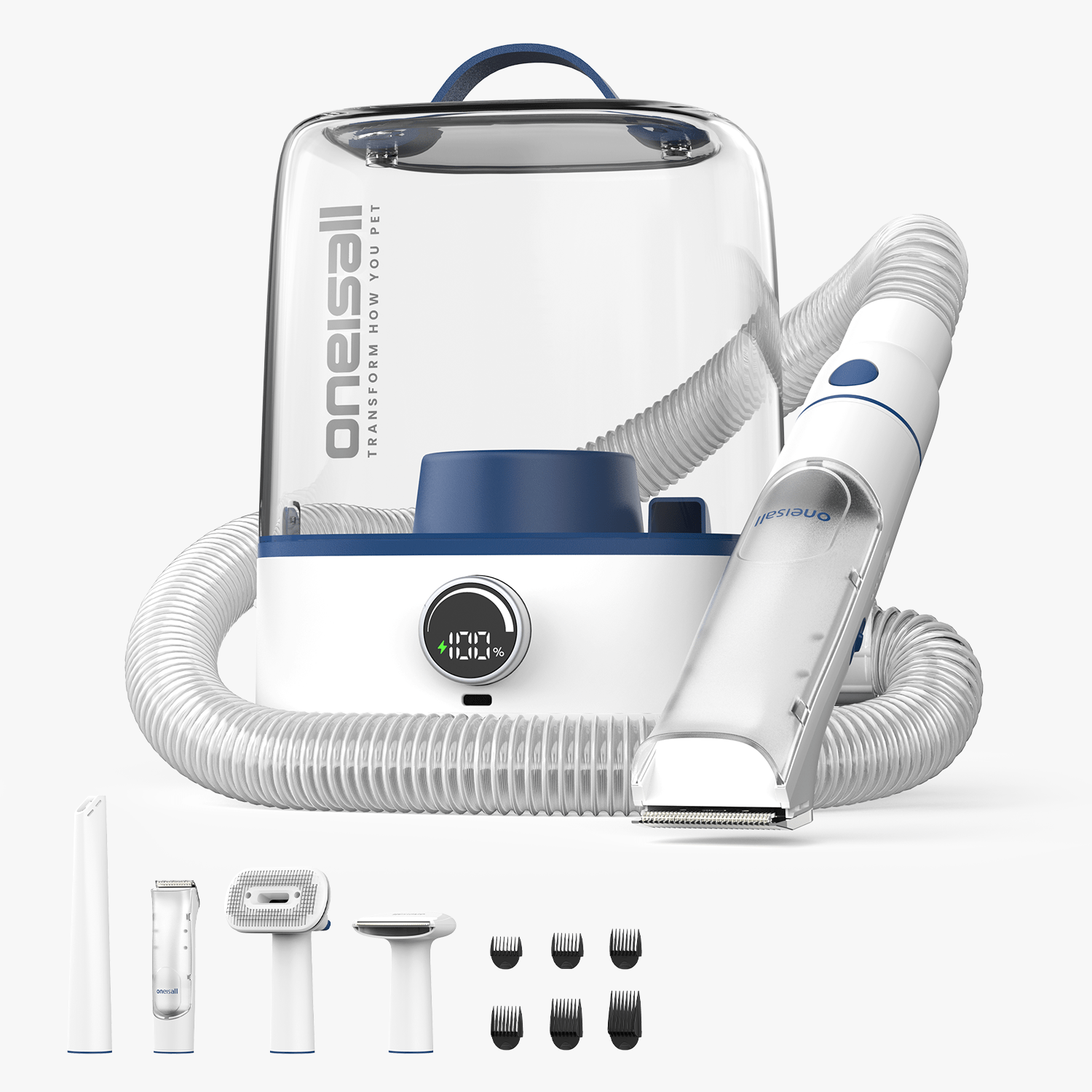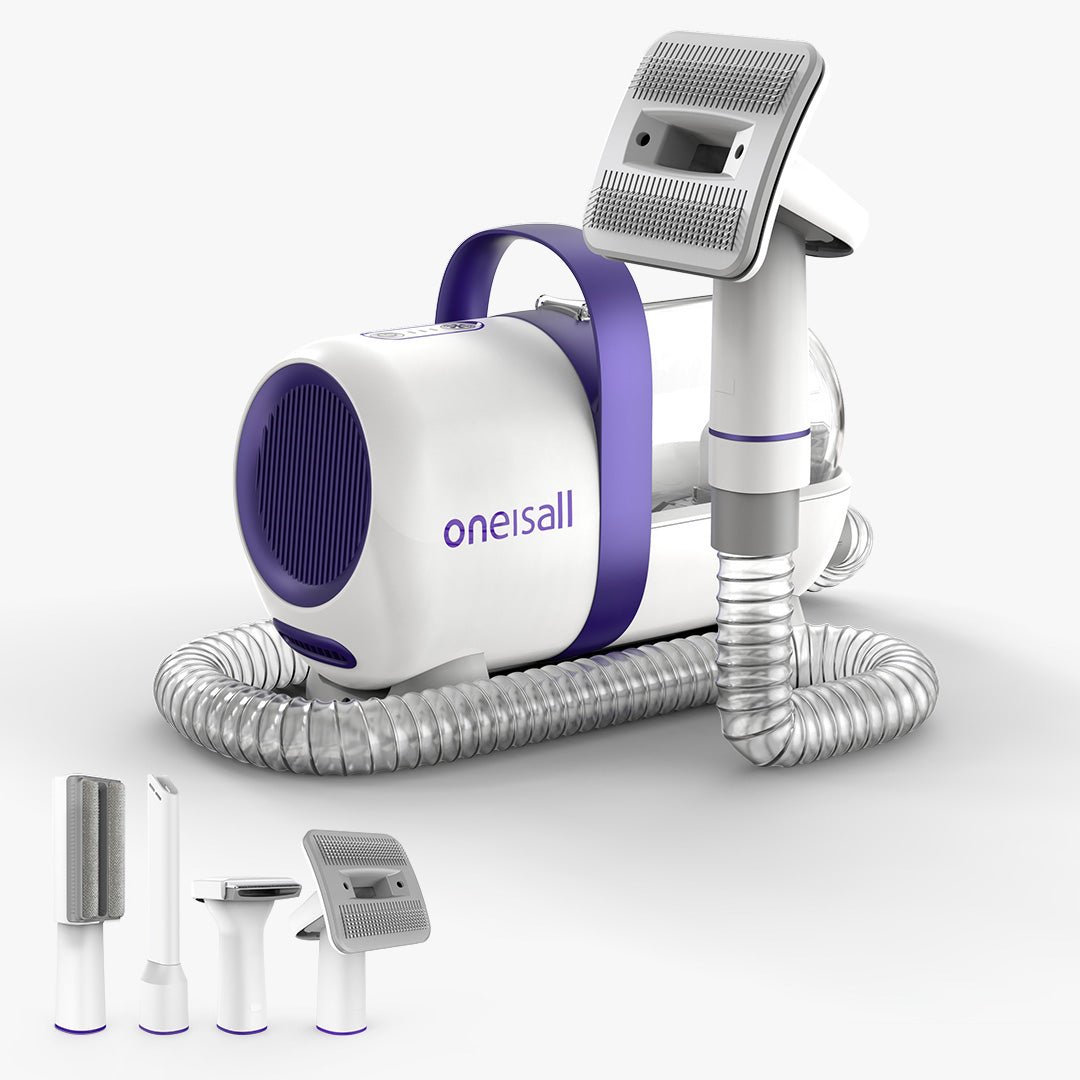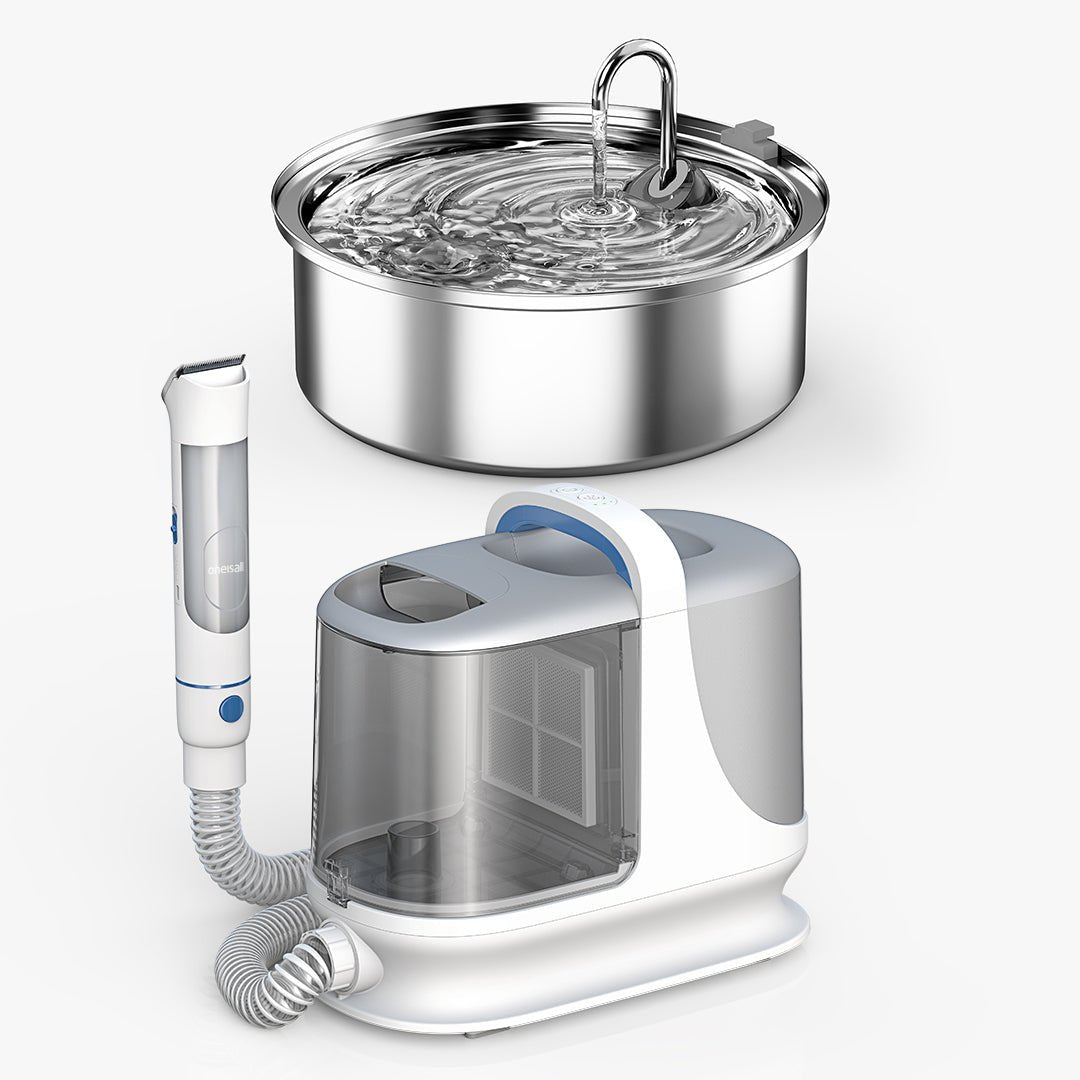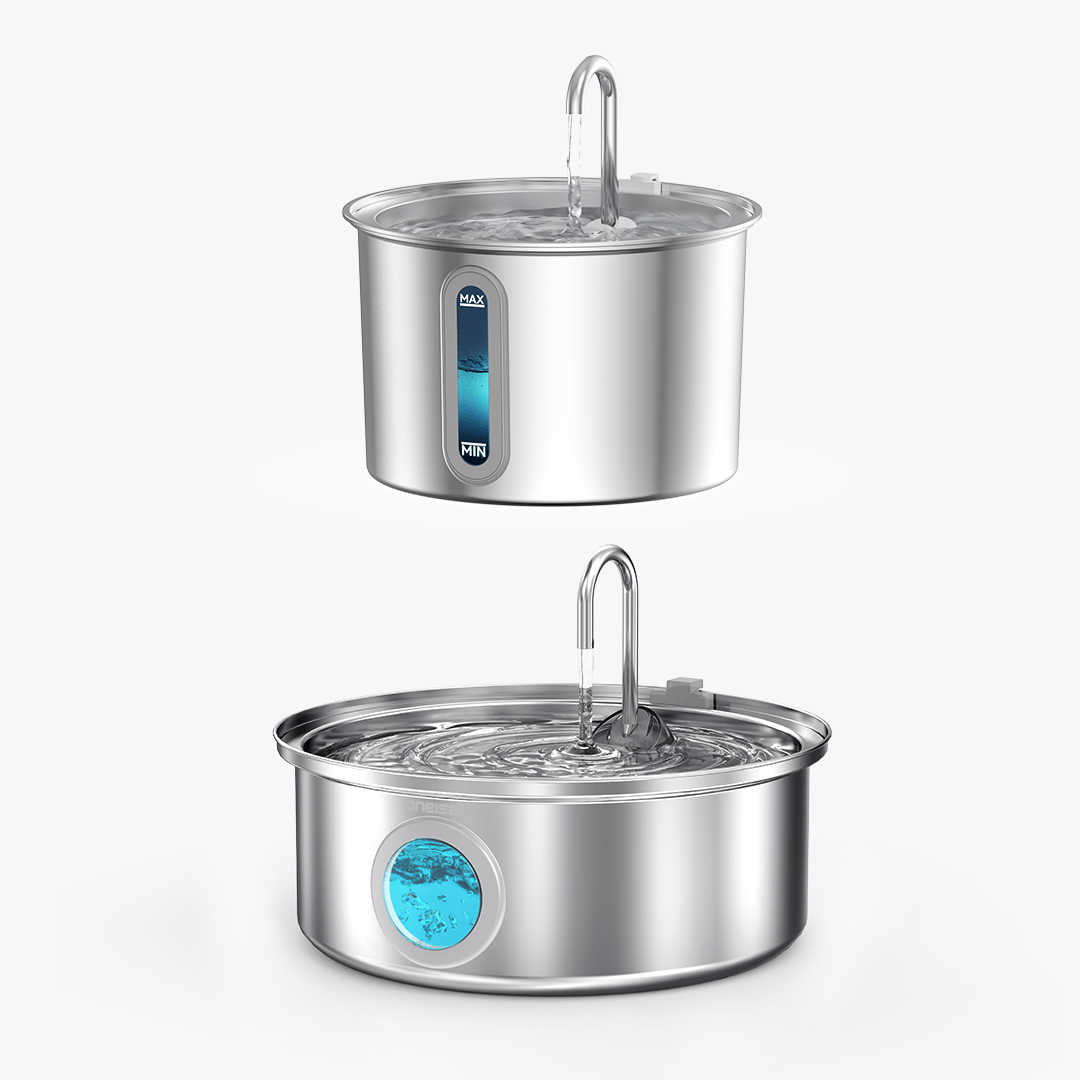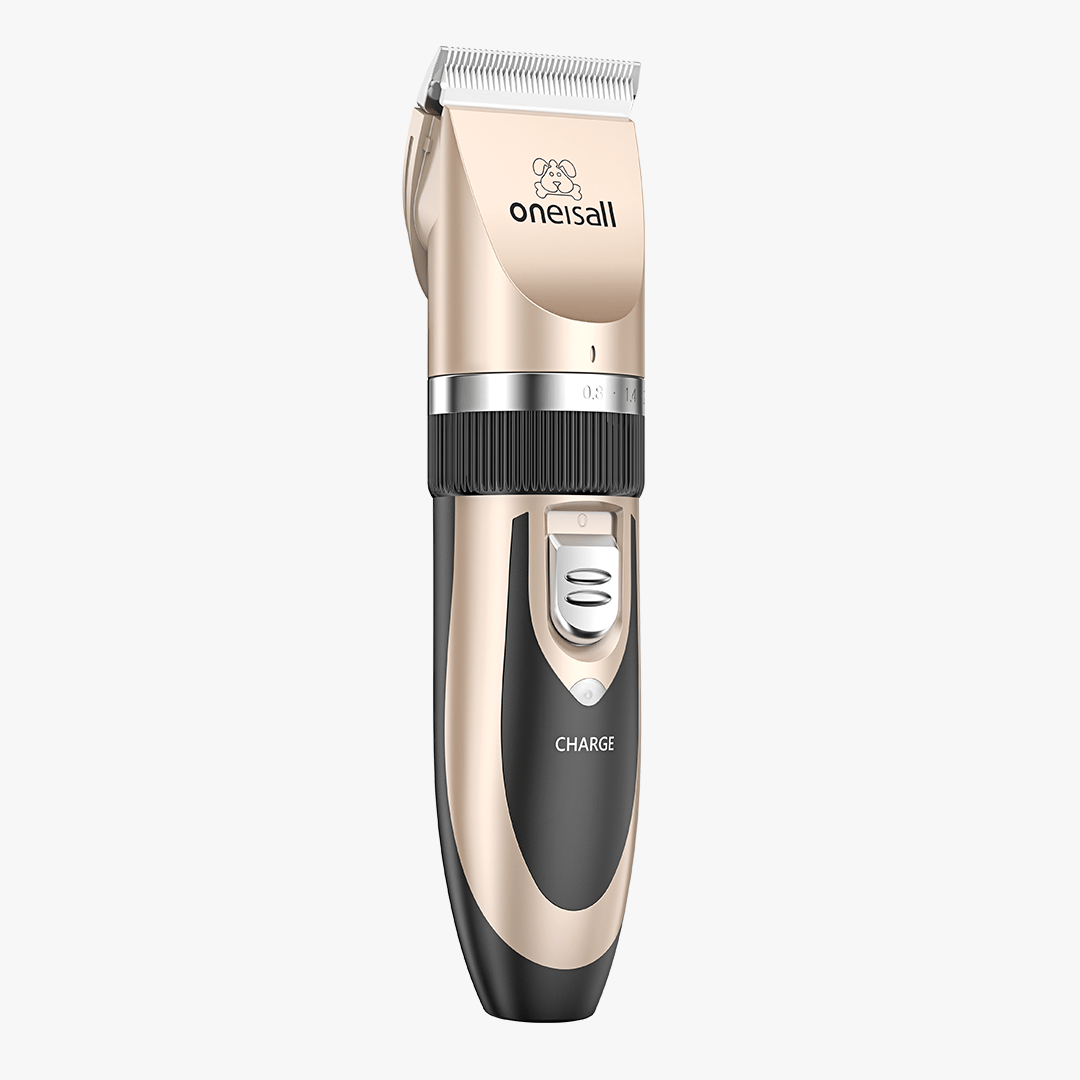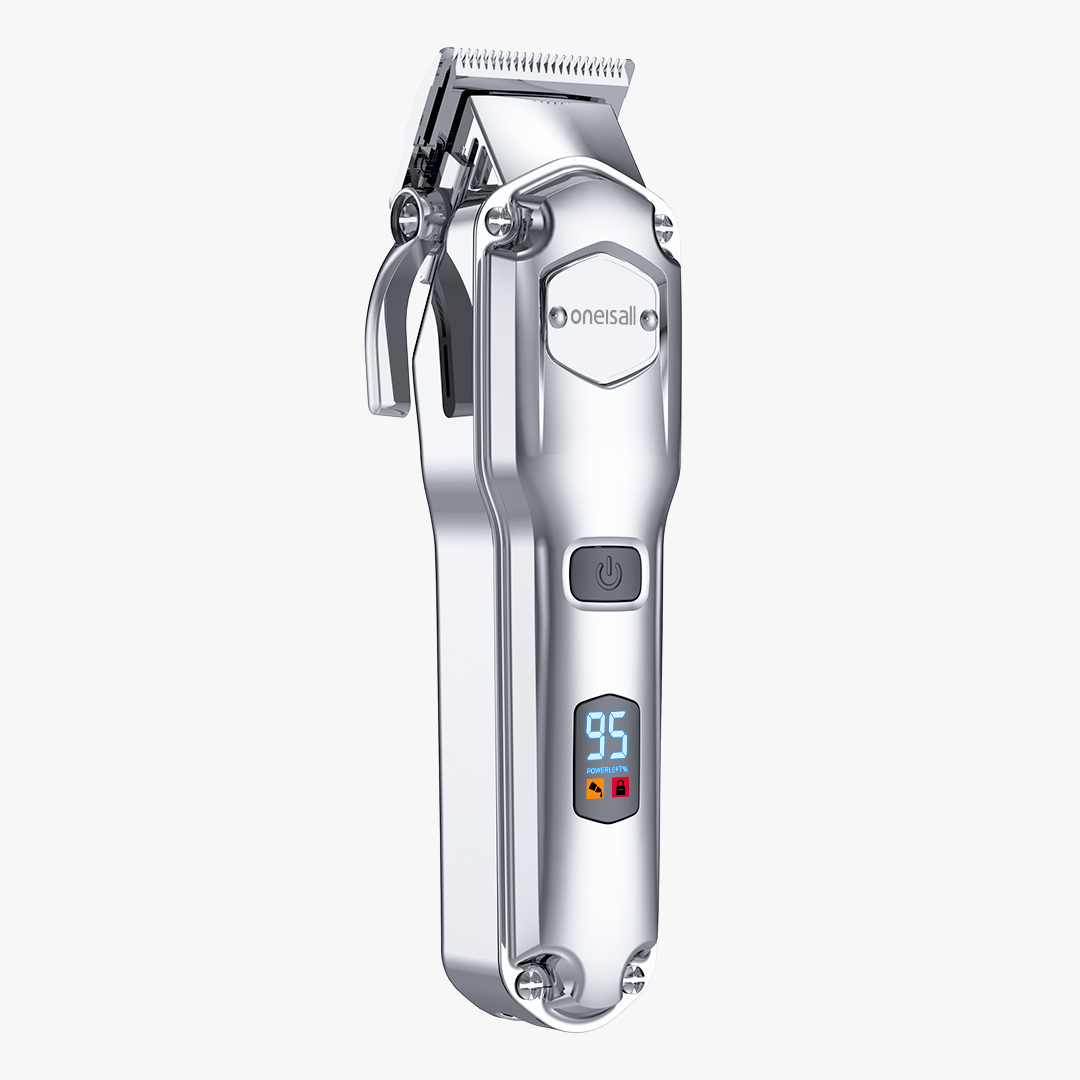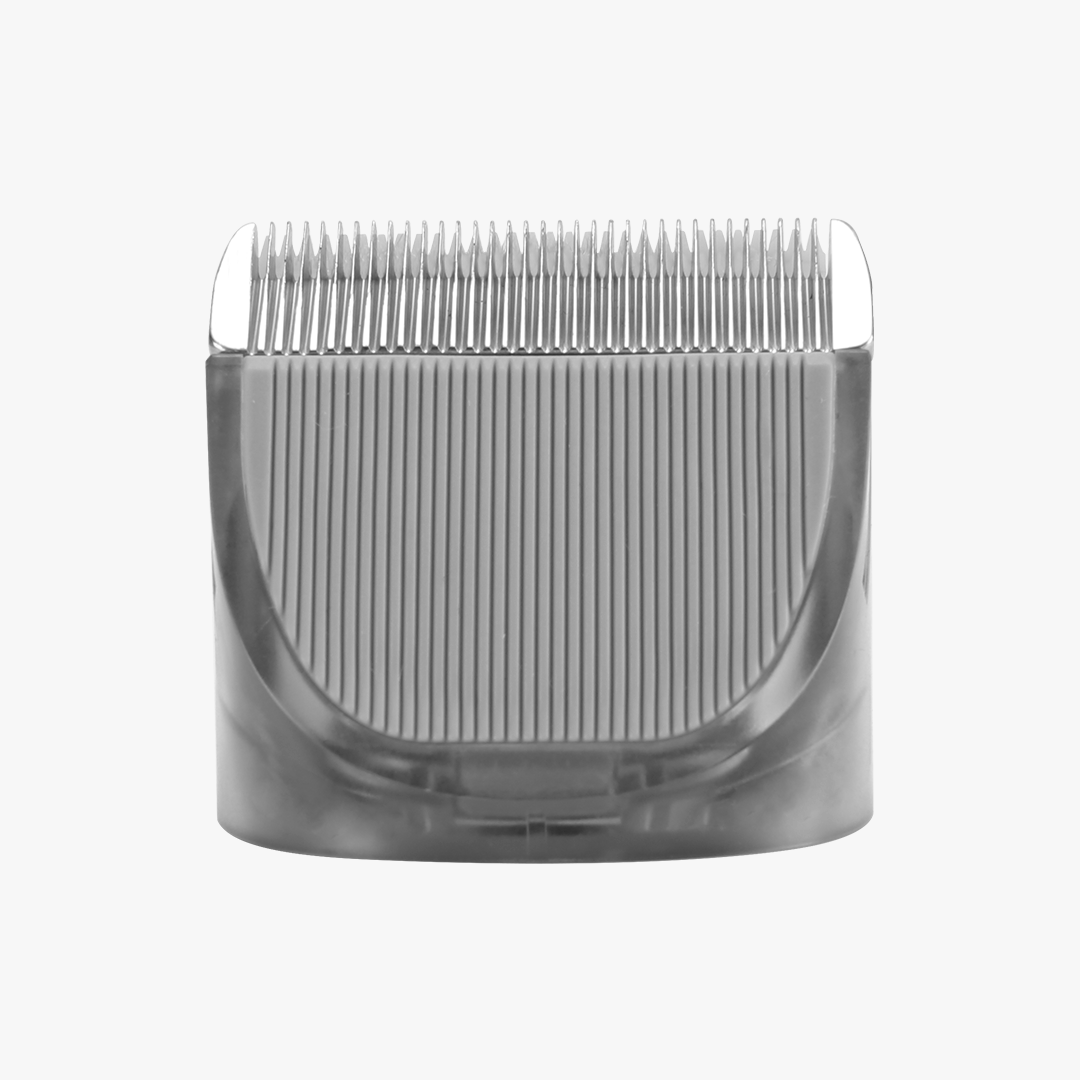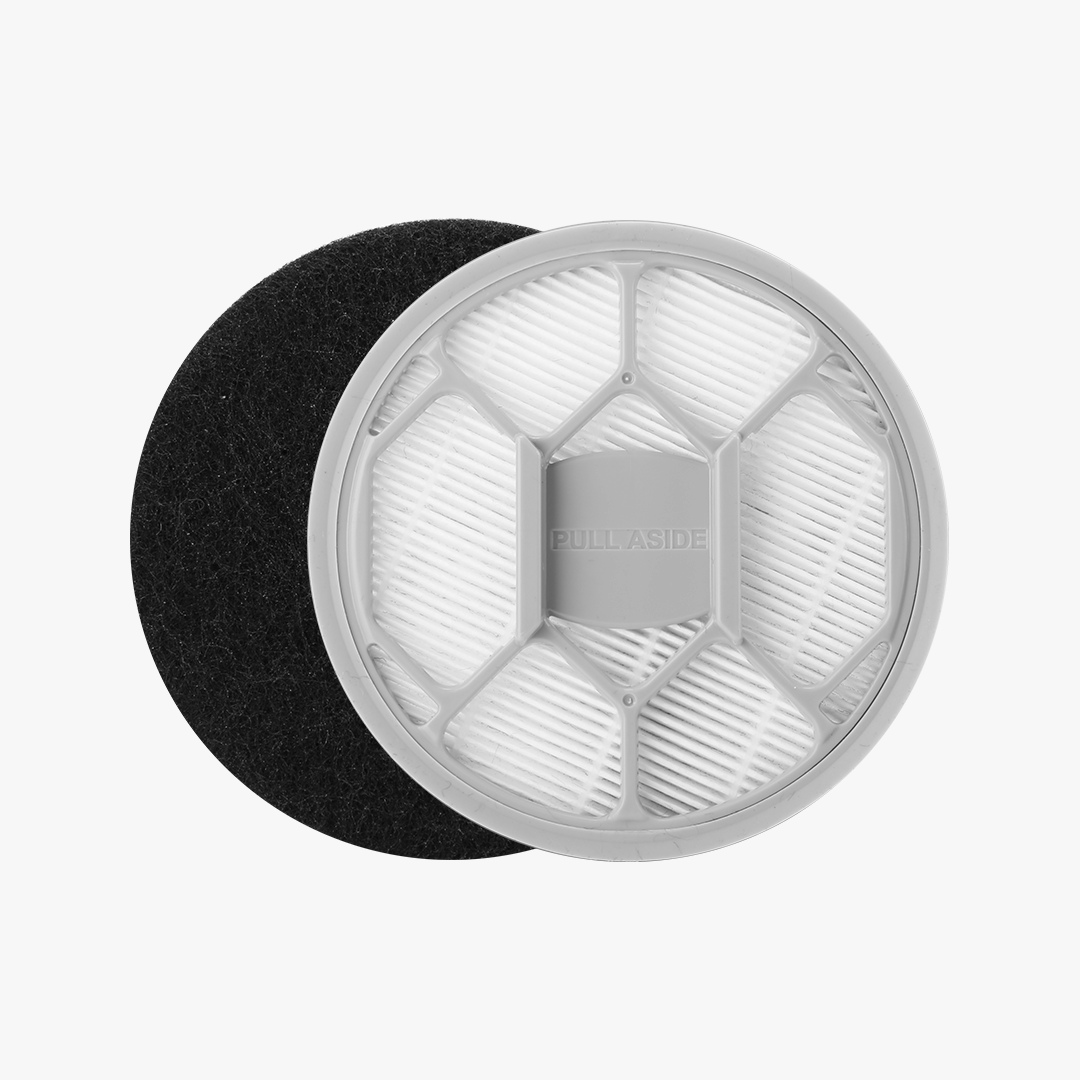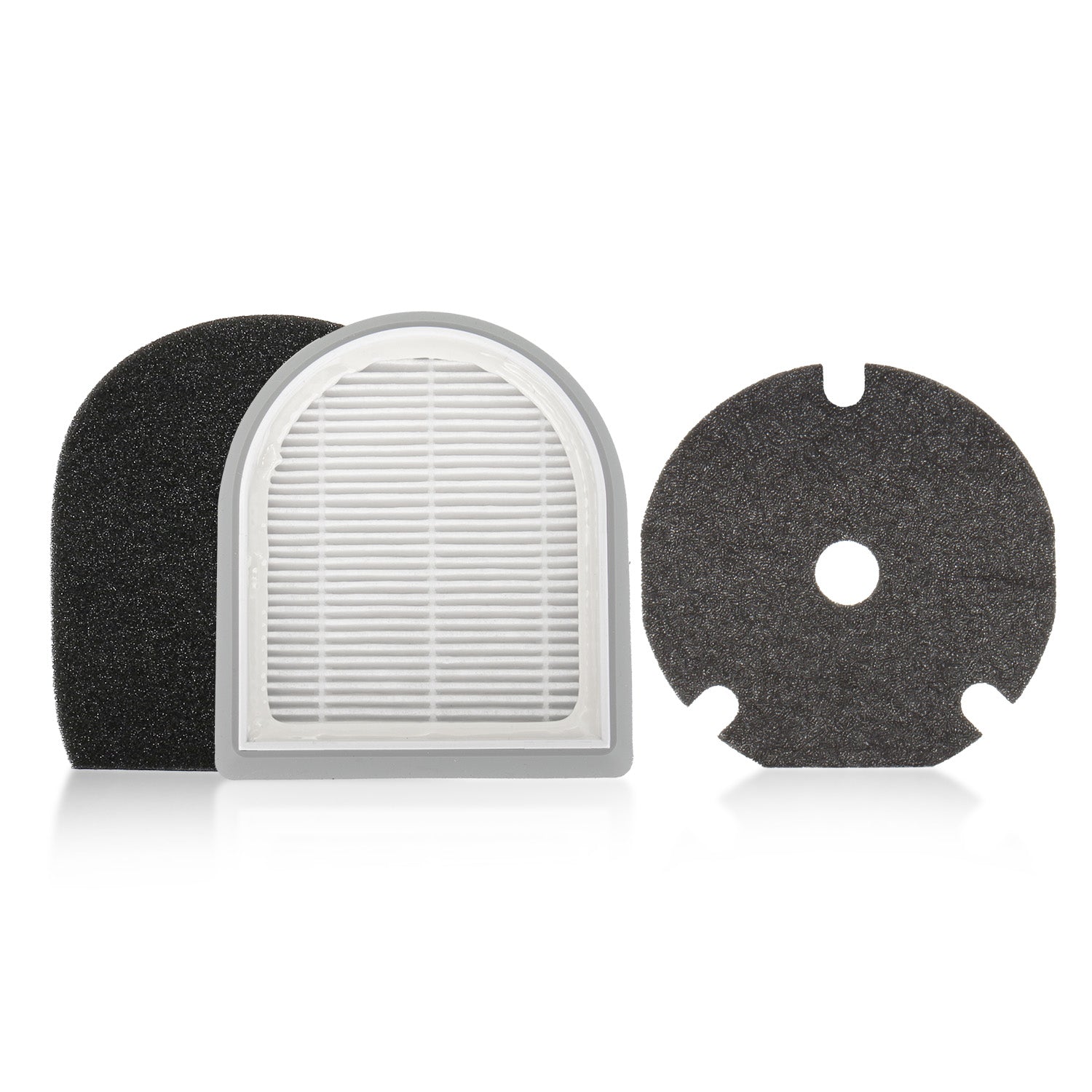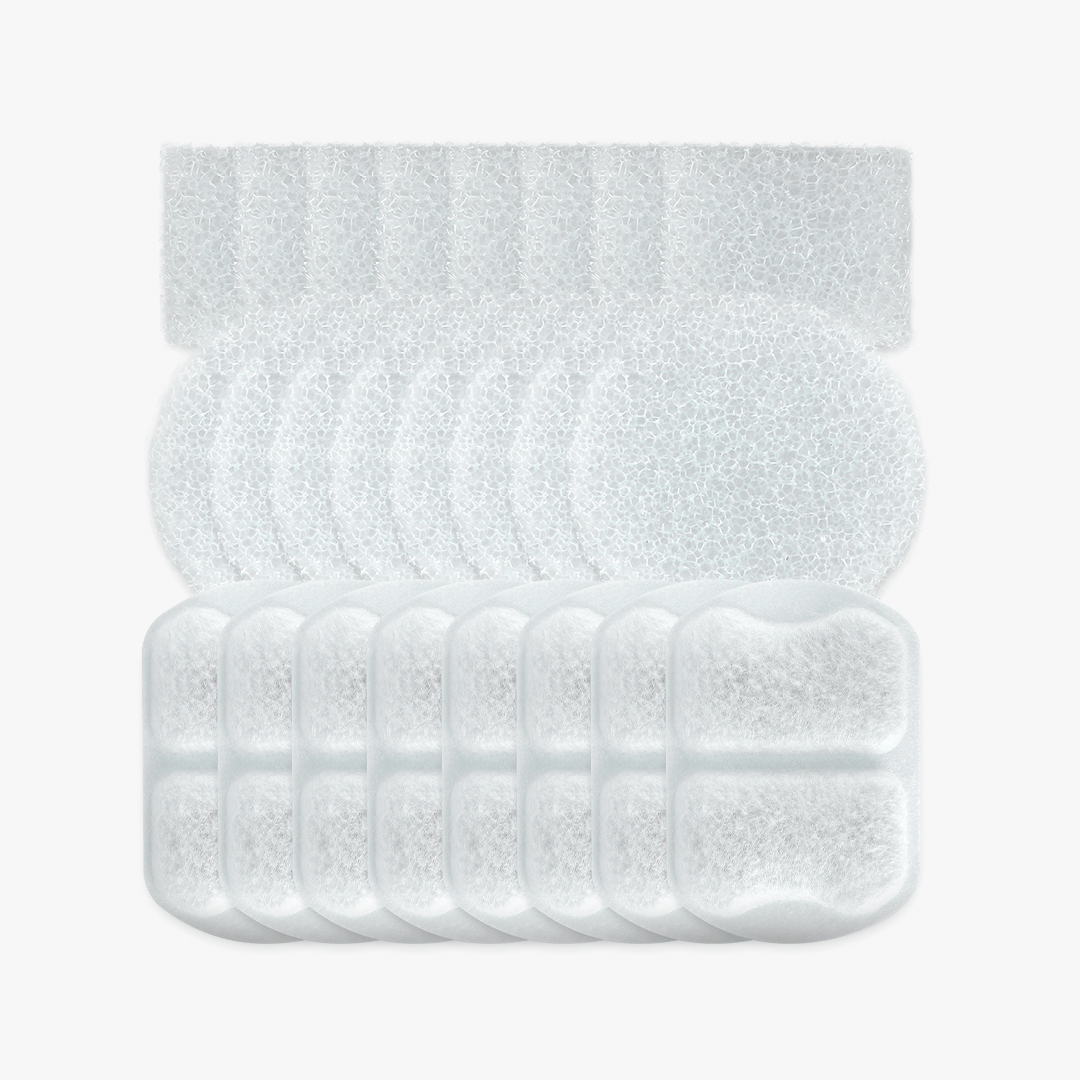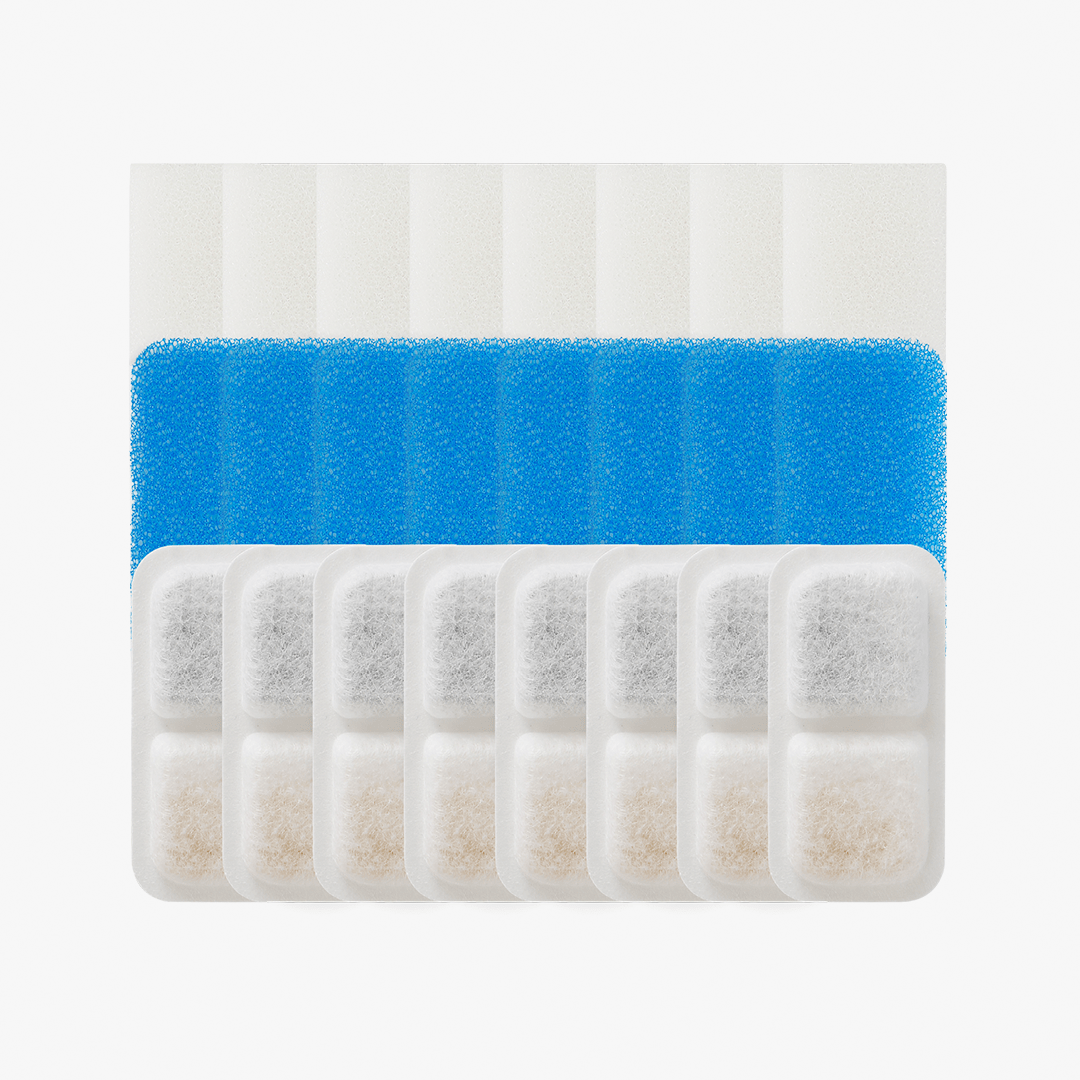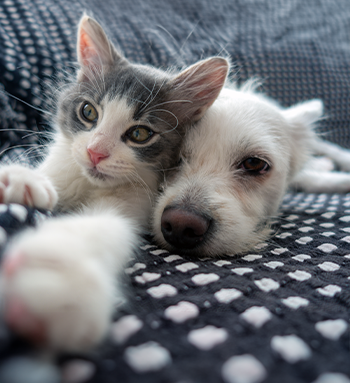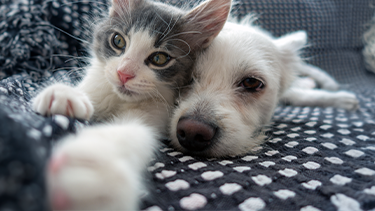The Ultimate Guide to Pet Grooming
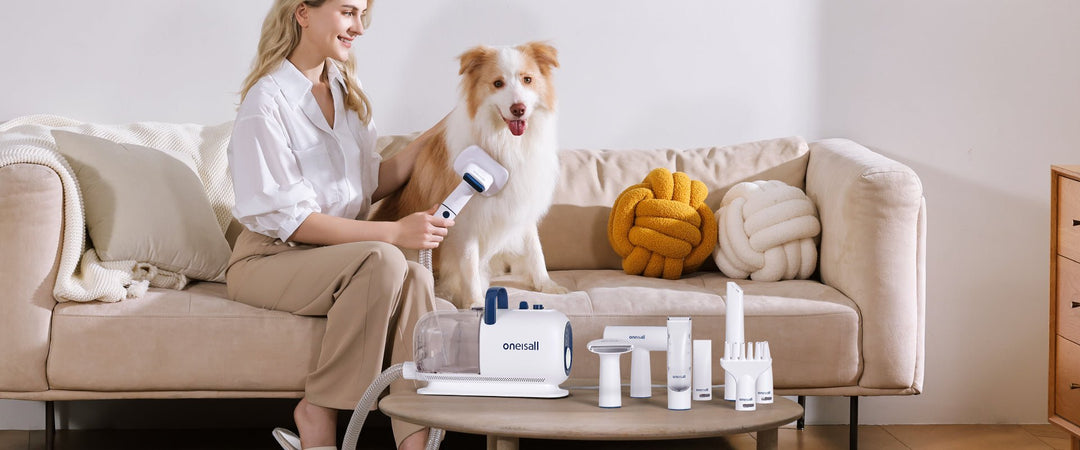
Pet grooming is an essential aspect of pet care that promotes the health and well-being of your furry companions. This guide delves into the various benefits of grooming, effective techniques, and expert tips to ensure your pet looks and feels their best.
The advantages of pet grooming
Pest prevention
Regular pet grooming is an essential inclusion in pest prevention. Brushing and combing the pet's coat removes external parasites, such as fleas and ticks, before they have a chance to take hold. This practice will also give pet owners an excellent opportunity to look for early signs of an invasion so that treatment may begin earlier. On the other hand, clean pets are less likely to attract pests since dirt and other debris can sometimes act as safe havens for these tiny creatures.
Promotes bonding with pets
Grooming is an excellent way through which owners can bond with their pets. Physical contact and other forms of attention that are provided using grooming can comfort the animals, making them feel safe and loved. Such regular interaction will also help an owner become familiar with the pet's body, enabling them to find out changes or abnormalities that may warrant visits to a veterinarian.
Helps maintain a healthy coat
One of the most critical functions and needs of regular grooming is maintaining a healthy and shiny coat in cats and dogs. Through brushing, natural oils get to spread around the coat, hence enhancing shine by averting matting that dims the fur. It also removes dead hair, thus reducing shedding around a house. Long-haired breeds also benefit from frequent grooming to prevent painful tangles and mats that can cause skin irritation or infection.
Early detection of health-related issues
These grooming sessions further provide the chance to go for an overall body check. As owners brush and clean, they may feel for lumps, bumps, or tender areas corresponding to hidden health issues. Checking the skin, ears, teeth, and paws of a pet regularly while it is grooming can identify skin infection problems, ear mites, dental problems, and paw injuries before they develop into serious issues.
How to groom a cat or a dog?
Brush the coat
Begin by thoroughly brushing the pet's coat to remove loose hair, dirt, and tangles. Use a brush appropriate for the pet's coat type - slicker brushes work well for long-haired pets, while bristle brushes are suitable for short-haired animals. Brush in the direction of hair growth, being gentle around sensitive areas. For cats, consider using a rubber grooming mitt to mimic their natural grooming behavior.
Bathe the pet
Fill a tub or sink with lukewarm water and use a pet-specific shampoo. Wet the pet's coat thoroughly, avoiding the eyes and ears. Gently massage the shampoo into the fur, working from head to tail. Rinse completely, ensuring no soap residue remains, as this can cause skin irritation. For cats, bathing should be done sparingly unless necessary, as they are generally good self-groomers.
Clean ears and trim nails
Carefully clean the pet's ears using a veterinarian-approved ear cleaner and cotton balls. Avoid inserting anything into the ear canal. Next, trim the pet's nails using pet nail clippers. Cut small amounts at a time to avoid hitting the quick, which can cause bleeding. If unsure, seek guidance from a professional groomer or veterinarian.
Brush teeth and finish grooming
Brush the pet's teeth using a pet-specific toothbrush and toothpaste. This helps prevent dental issues and bad breath. Finally, dry the pet thoroughly with a towel or low-heat blow dryer, brushing the coat again to prevent tangles. Reward the pet with treats and praise throughout the grooming process to create a positive association.
Expert Tips for Pet Grooming
Professional grooming tool
High-quality grooming tools can make all the difference. Long-haired breeds will require pet clippers to maintain their coat, or some specific cuts also do. When selecting pet clippers, choose adjustable blades and low noise levels, which will help reduce stress. Other professional tools that you may want to consider include de-shedding tools, detangling combs, and grooming scissors for trimming.
Establish a routine
Grooming is very much dependent on consistency. Set up a general regular grooming schedule, depending on the breed, coat type, and lifestyle of a pet. Short-haired pets should be brushed every week. At the same time, brushing may become a daily routine for some long-haired breeds. As a result of such regularity in grooming sessions, it will be easy for pets to get accustomed to the procedure and, hence, less stressful for both the animal and owner.
Use positive reinforcement
Make grooming positive by using treats, praise, and gentle handling. Begin your grooming when your pet is in his or her most calm state. If the pet becomes nervous or agitated, cease immediately and resume later, gradually increasing the length of the sessions. In this way, your pet will associate the experience positively, rendering future grooming sessions much more manageable.
Know when to seek professional help
Although regular house grooming is essential, some cases may demand professional help. For instance, a complicated coat type, severe matting, or even dogs that are behaviorally hard to groom will benefit from the services of a professional groomer. Moreover, some breeds require techniques only acquired with professional training.
Final Thoughts
Pet grooming is an essential part of responsible pet ownership and goes way beyond aesthetics. Regular grooming contributes to a pet's overall health and well-being by preventing pests, keeping good coat conditions, and allowing for very early recognition of possible health problems. By following the steps described in this guide and using some expert tips, one can make a nurturing grooming routine that attaches one more closely to their pet while keeping them healthy and happy.
Remember, each pet may be different; hence tailor your grooming practices to suit individual needs and consult veterinarians or professional groomers when needed. With patience, consistency, and the right approach, it becomes possible to make the processes involved in pet grooming enjoyable and rewarding for both pets and their owners.







